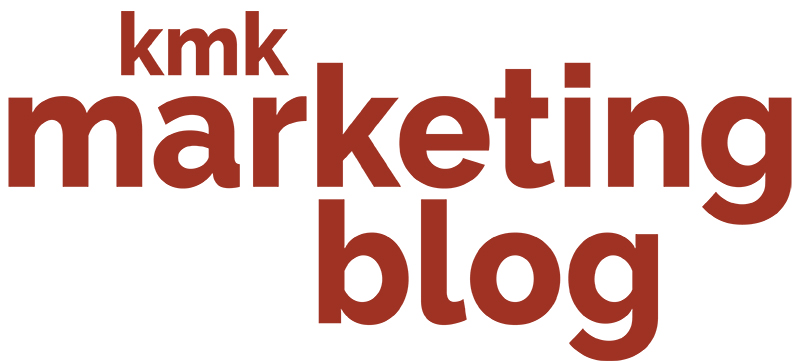Inclusive Marketing may sound like the latest industry buzzword, but it’s actually the natural progression of what marketers have known for decades: if you’re trying to reach a particular group you need to appeal to who they are and what they like. Seems simple enough, yet time and again we have seen brands fumble in their delivery. Here are three tips for avoiding the common pitfalls of inclusive marketing.
1. Do Your Homework
The only thing worse than not being inclusive in your marketing is being inclusive in name only, without putting any actual effort into understanding and appealing to your target audience. If you or your team doesn’t have firsthand knowledge of your target customer group your priority should be market research. (It also might be time to look at why no one on your team can speak to certain demographic groups and consider making changes at a company-wide level).
Get to know your customers - what they want and how they want to be represented – before you start marketing to them. Thinking you understand a group without doing the actual work could land you in a PR crisis or worse. Remember when Pepsi tried to capitalize on the Black Lives Matter movement with… Kendall Jenner. Yeah, that did not go well. Don’t be like Pepsi. Be better.
2. Create Realistic Content
A survey from Google and the Female Quotient found that 69% of Black consumers say they are more likely to purchase from a brand whose advertising positively reflects their race/ethnicity. All consumers want to see their lived experience represented well and when they do, they’re more likely to respond to that brand. In 2018 Procter & Gamble, the brand behind countless home products, took this approach with their Emmy award winning series called “The Talk.” The ads centered on Black mothers having difficult conversations with their children about the way their race could be perceived. P&G's Global Communications Director, Damon Jones told AdAge, "Our goal with 'The Talk' is to help raise awareness about the impact of bias. We are also hopeful that we can make progress toward a less biased future by recognizing the power of people of all backgrounds and races showing up for one another."
3. Inclusion is More Than Just Race
It’s easy to only think about race and ethnicity when it comes to inclusive marketing, but true inclusivity encompasses a lot more. Inclusivity also refers to gender, age, size, disability and sexual orientation. In 2004 Dove launched their Real Beauty campaign, ads starring real women with the message that true beauty comes from within, and it has gone on to become one of the most successful campaigns in marketing history. Dove sales have increased to $4 billion from $2.5 billion in its opening campaign year. They’re so successful, they’re now paying other brands to diversify their marketing!
In short, inclusive marketing not only moves your brand culturally forward by keeping up with the expectations of 2022, it also introduces your brand to a broader customer base. In that same survey by Google and The Female Quotient, 64% of respondents acted after seeing an ad they considered inclusive. In the world of marketing, it just makes sense to appeal to as many consumers as possible!











